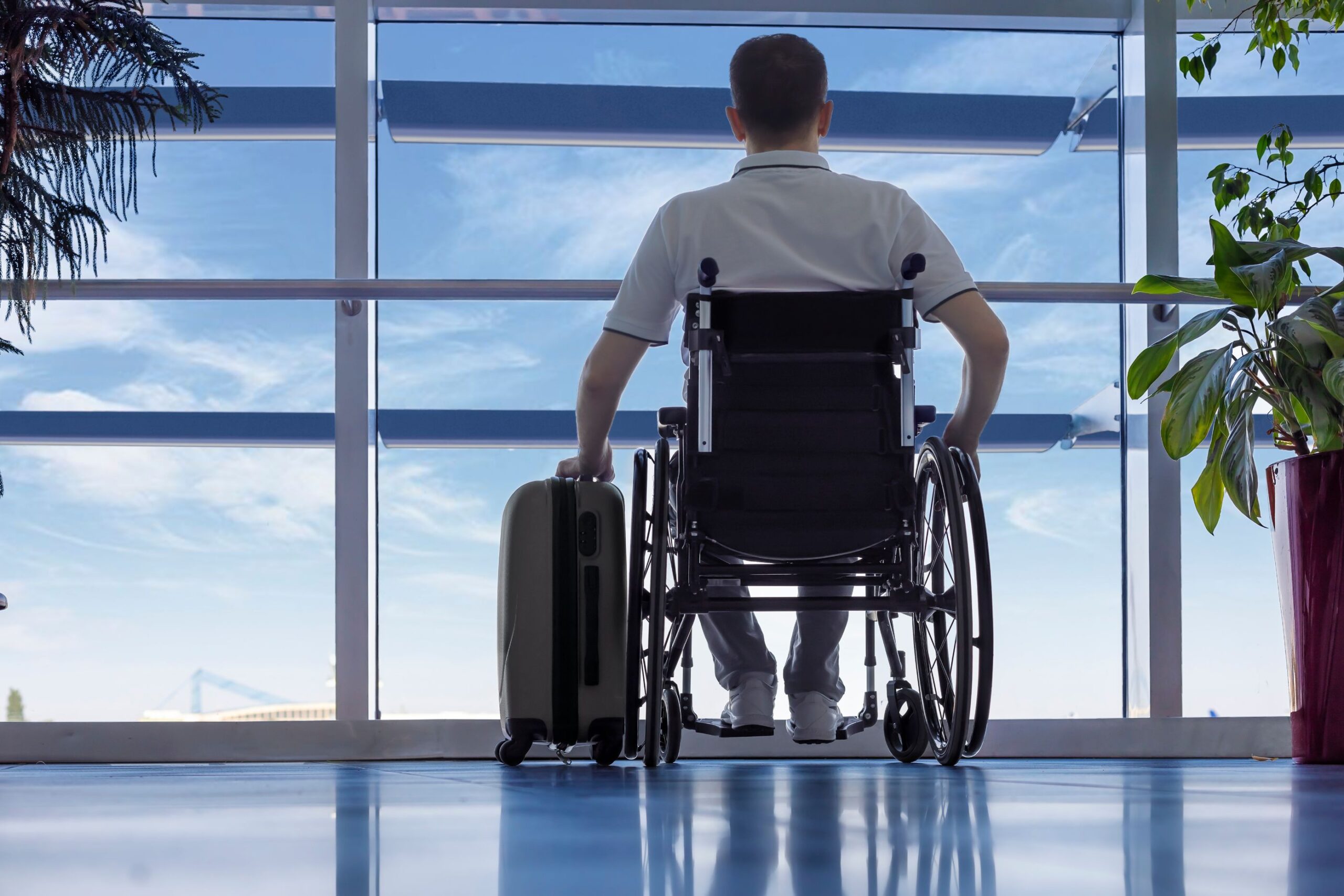You know, travel can be an adventure, but let’s face it—it can be a hassle, too. And if you’ve got a disability, that hassle can multiply. Let’s talk about why that is and what we can do to change it.
Why Does Accessibility Matter Anyway?
Well, the World Health Organization estimates that about 16% of the world’s population—yes, that’s 1.3 billion people—live with some form of disability. Ever stop to consider how many of them would love to travel? A lot! In Europe alone, there are 135 million people with disabilities, and 70% of them have the financial means to travel. But guess what? Travel often isn’t designed with them in mind.
Here’s something to ponder: a study by Accessio Consulting showed that 70% of travel managers don’t even know how many of their travellers have accessibility needs. It’s like we’re looking through them instead of seeing them, and that needs to change.
Accessibility Types: What’s the Big Deal?
So, when we talk about making travel more accessible, it’s not just about physical accessibility, like ramps and elevators. It’s also about communication and web accessibility. Think about digital platforms and how they need to be designed so everyone, regardless of ability, can use them.
What Are We Doing About It?
Well, some businesses, like BCD Travel, are stepping up. They’ve even integrated AI-driven tools to support people with all kinds of needs—visual, auditory, you name it. Also, let’s not forget, universal design is becoming a thing! Picture buildings with easy-grip handles, signs in multiple languages, and self-opening doors. Feels like the future, doesn’t it?
What’s Still Missing?
Despite these improvements, we’re not quite there yet. For instance, how many times have you seen Braille signs at every doorway or knew the width of doors at a restaurant? A lot is still missing, and here’s where travel suppliers need to step up their game.
Little Tweaks, Big Impact
Imagine hotels where your room has a roll-in shower, height-adjustable beds and even furniture with rounded edges. Companies like Accor and Best Western are pioneering this. Car rentals are joining in too. Companies like Europcar and Hertz offer specially converted cars for wheelchair users.
Community Support
Let’s not forget the importance of community. Apps like AccessibleGo and Jaccede offer a platform for people with disabilities to share travel advice and find accessible establishments. Isn’t it comforting to know you’re not alone?
Can We Talk About Communication?
We can’t overlook how we communicate either. If we want to be inclusive, we need to make sure information is accessible to everyone. Whether it’s using the right colour palette, providing alternative text, or adding captions to videos, every little thing counts. For example, our TripSource app now supports users with visual, auditory, physical and speech needs.
Accessibility isn’t just good for travellers with disabilities; it’s good for business. When we create accessible environments, everyone benefits. It’s about embracing diversity and fostering inclusivity. And who knows, it could be your company that leads the way.
So, how about we stop sidelining accessibility and put it right in the centre where it belongs?

